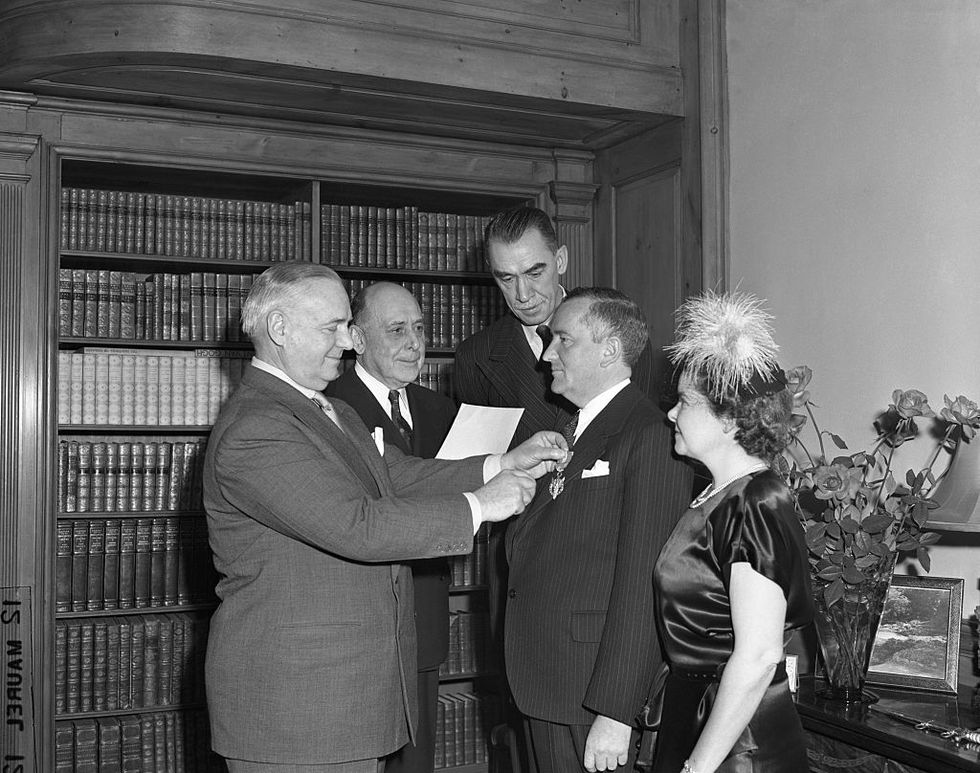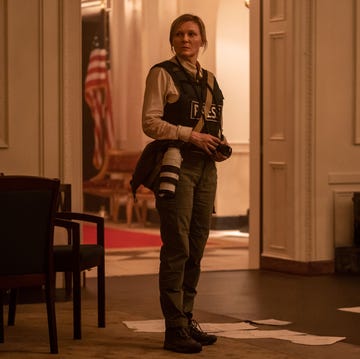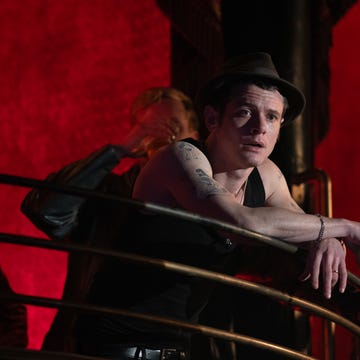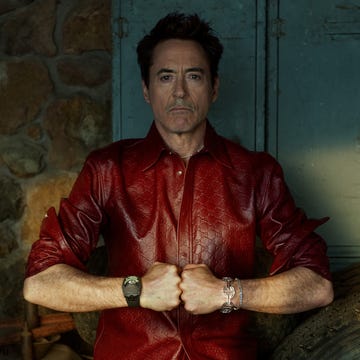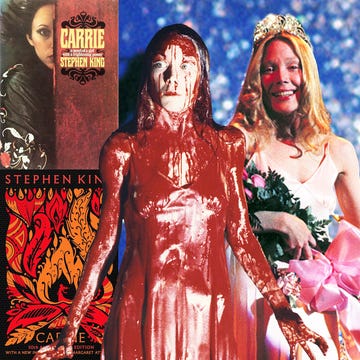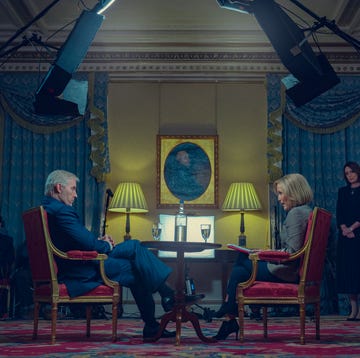Ian Fleming felt like a relic. “In this era of the anti-hero, when anyone on a pedestal is assaulted (how has Nelson survived?), unfashionably and obstinately I have my heroes,” he grumbled in a 1962 essay for The Sunday Times.
On 5 October it’s 60 years since Sean Connery first cocked an eyebrow at Eunice Gayson over baccarat at Le Cercle club in Dr No, and while his James Bond moved in plush, martini-drenched circles, Fleming’s inspirations stalked shadows.
In a foreword for H Montgomery Hyde’s book Room 3606, a biography of Sir William Stephenson, the Canadian fighter pilot and spymaster who established a British intelligence operation in New York during the Second World War, Fleming pointed out that, “James Bond is not in fact a hero, but an efficient and not very attractive blunt instrument in the hands of the government, and though he is a meld of various qualities I noted among Secret Service men and commandos in the last war, he remains, of course, a highly romanticised version of the true spy.”
James Bond is a Frankenstein’s monster of a secret agent: loyal service of country from fictional gentleman adventurer Bulldog Drummond; sharp brain and waspish tongue from the body of one or two memorable colleagues in the secret services; a talent for locating trouble from people he’d had chance encounters with through the war. Fleming commemorated his heroes by pouring them all into the mould of his own super spy, filtering out their impurities on the way.
Sir William Stephenson was one of the heroes Fleming obstinately stuck to, “so much closer to the spy of fiction, and yet so far removed from James Bond or Our Man in Havana,” he wrote.
Fleming would telephone him – Stephenson’s phone number in New York was unlisted, naturally – and, annoyed at missing Stephenson, recite filthy limericks into his answering machine. Eventually Fleming was persuaded to stop it “to spare the secretary, who transcribes the calls, her blushes”. The men drank extraordinarily strong and extraordinarily huge martinis together in Stephenson’s plush New York apartment bordering the East River.
His dark work was “able to render innumerable services to the Royal Navy that could not have been asked for, let alone executed, through the normal channels,” Fleming wrote. When Churchill recommended Stephenson to King George VI for a knighthood he added a note: “This one is dear to my heart”.
Fleming was a student of the history of the intelligence services, picking Bond’s 007 classification from the number which broke the German diplomatic code in the First World War, 0075. Sidney Reilly, whose MI5 adventures were mythologised in the Evening Standard’s illustrated serial ‘Master Spy’, would have been very familiar.
Biographers dispute how much of his legend is real but it’s likely his exploits included – but were certainly not limited to – helping swing the 1924 general election with a faked letter suggesting an alliance between Russia and the British Labour Party was on the cards, and setting up a failed attempt to assassinate Vladimir Lenin and Leon Trotsky and depose the Bolsheviks after the Russian Revolution in 1918.
One of the undercover Soviet agents who captured Reilly before he was executed in 1925 described him: “His dark eyes expressed something biting and cruel; his lower lip drooped deeply and was too slick—the neat black hair, the demonstratively elegant suit ... Everything in his manner expressed something haughtily indifferent to his surroundings.”
Despite his unconventional looks, Reilly was also said to be quite the lothario. MI5’s official historian Professor Christopher Andrew once wrote that Reilly “possessed 11 passports and a wife to go with each”.
Similarly enthusiastic was the Dominican diplomat and full time playboy Porfirio Rubirosa, a friend of Fleming’s close confidantes Noel Coward and Errol Flynn. He was linked to Marilyn Monroe, Ava Gardner, Rita Hayworth, Joan Crawford, Kim Novak, Judy Garland and many, many other women besides, and apparently was so well-endowed that the giant peppermills in use at restaurants at the time became colloquially known as Rubirosas. In his down-time he was a racing driver too.
British wartime spy Conrad Brien-ffrench – codename Z3 – spent time with Fleming on the slopes of Kitzbühel in Austria while working for the Secret Intelligence Service. Brien-ffrench was the first person to flag the German advance into Austria in 1938 to Britain, compromising his cover but saving lives in the process.
Merlin Minshall was one of Fleming’s charges during the war, who dropped into the Admiralty in October 1939 to offer the idea of blocking the Danube to German oil exports. Fleming recruited him and, though the plan didn’t come off, Minshall did have some success covertly listening in to U-boat transmissions while posing as a French fisherman in occupied France.
One of Minshall’s colleagues dismissed him as a “disaster” operationally but the eccentric Minshall really laid the Bond connection on thick. The cover of his autobiography put him in the classic Bond pose: tuxedo, pistol, arms folded.
More demure was Wilfred ‘Biffy’ Dunderdale, a friend of Fleming’s who was MI6 station head in Paris over the war. He wore handmade suits, drove fast cars and was American-French entertainer and spy Josephine Baker’s handler. On his death in 1990, The Times called him a “genuine romantic and pirate”.
Some inspired particular moments in the Bond canon. In 1941 Fleming went on a mission with Duško Popov, a triple agent passing disinformation to the Nazis while reporting to MI6 and his own Serbian government. The three-pronged approach earned him the codename ‘Tricycle’.
At Estoril Casino in Portugal, Fleming watched as Popov set down the equivalent of $700,000 on a hand of baccarat, bluffing a rival into backing down. The incident became the climax of Fleming’s first Bond novel, Casino Royale.
A little of Fleming himself was in there too. Bond smokes the same brand of cigarettes as Fleming did, a bespoke blend made by Morlands of Grosvenor Street in Mayfair. Fleming found time to chuff through 80 a day, until his first heart attack in 1961.
But really, there is no real Bond. What’s oddly touching about the character who murders in cold blood on the orders of the state is that he is, underneath it all, a way for Fleming to pay tribute to the pieces of people he admired without their awkward, unseemly parts.
“I suspect – I hope – that 99.9 percent of the population of these British islands has heroes in their family or outside,” Fleming wrote. “I am convinced they are necessary companions through life.”

